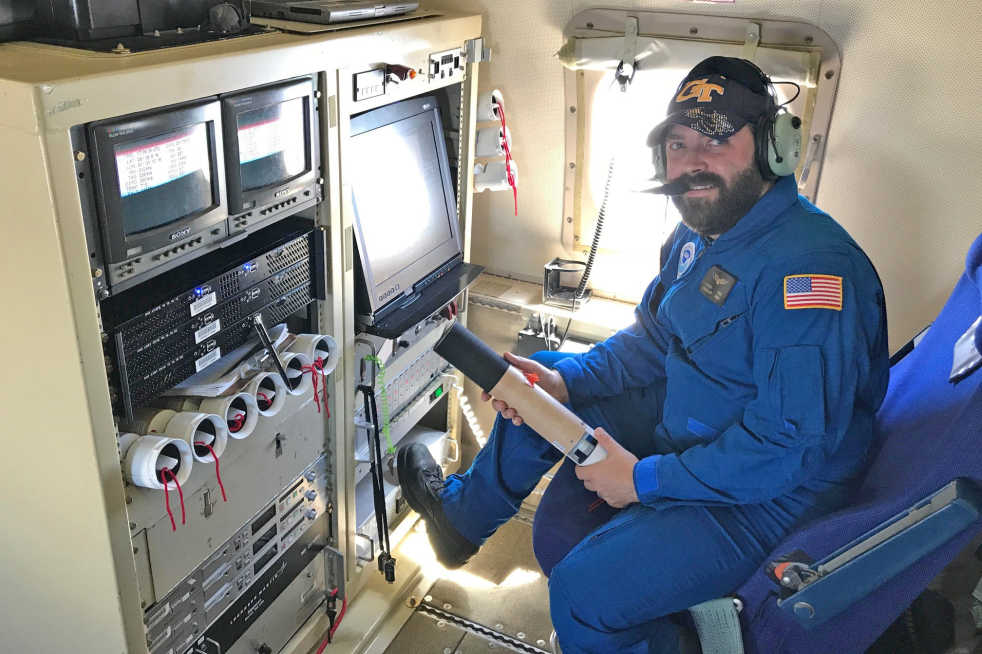News outlets in Florida are usually the primary source Tech students have regarding hurricanes. However, on Sept. 11 and 12, Hurricane Irma passed through Georgia. Although Atlanta was relatively free of major damage, the weather prediction that Atlanta would be hit by the eye of the storm panicked both Tech students and other Atlanta residents. For many, this was the first time that a hurricane became a real issue instead of some fantastical phenomenon because it was the first time many students were directly affected.
For Steven Paul, EE ‘04, hurricanes have always been captivating. Since he was a kid, he would track hurricane movements on his computer with his family. However, he did not envision himself as a storm chaser working at the National Oceanic and Atmospheric Administration (NOAA) back then.
“It is just kind of luck how I ended up here [at NOAA] though,” Paul admitted.
When the Warner Robins Air Force Base recruited him, Paul was a recent graduate. He found the listing while browsing and the job description for an electrical engineering position in the Aircraft Operations Center (AOC) with NOAA piqued his interest.
“I am fairly certain that the reputation of GT as an engineering school had a big part in getting me to the short list of candidates as they made their selection,”
Paul said.
Although part of his job description is storm chaser, Paul compares his typical day to “any other office job.”
“Our main mission is research to better understand the storms,” Paul said.
This means answering questions about how and why they form, strengthen and interact with the surrounding environment in order to better predict what hurricanes may do.
Paul’s job strays from the typical office work due to what he calls his “flight days.” On those days, Paul embarks for his flight on-site to the storm.
“We preflight the instruments and get the plane ready for the mission,” Paul said. “We then fly the mission, usually about 8 hours, have an hour or so post flight to shut everything down and copy data, then go into mandatory 12-hour crew rest to be ready for the next day’s flight.”
His job on the plane includes operating and maintaining equipment. He usually operates the Advanced Vertical Atmospheric Profiling (AVAP) System.
“I drop scientific instruments, called dropsondes, into the storm,” Paul said. “These instruments have a parachute and float to the surface, transmitting data the entire way down. They collect pressure, humidity, temperature and wind speeds.”
This data is then relayed back and quality checked by a meteorologist and later used by forecasters, research scientists and weather models.
Earlier this week however, Paul has been running Tail Doppler Radar (TDR), which is a radar installed in the tail of his aircraft. The TDR produces vertical cross sections of the storm instead of the traditional radar images.
Recently, Paul has been having many “flight days.” He has had over five flights in a row for Hurricane Maria alone.
“Hurricanes get stronger as they pass over warmer water, so warmer oceans can lead to stronger storms,” Paul said. “It is unprecedented for three category 4 storms to make landfall in the US in one season. The latest flurry of strong storms in the Atlantic (Irma, Jose and Maria) is
also rare.”
For Paul, hurricanes are a daily reality. He purposely chooses to go into hurricanes for science. Luckily, for the danger connotation that storm-chasing has, he has yet to experience what he considers “bad” turbulence.
